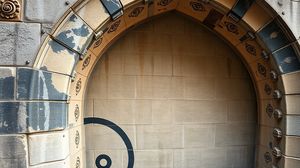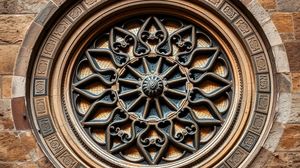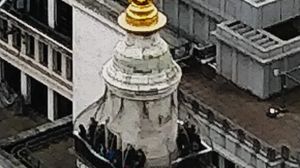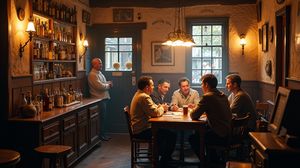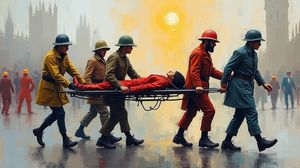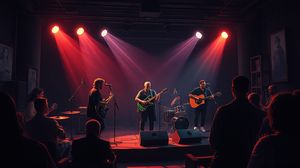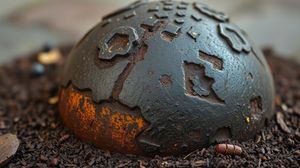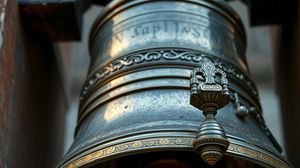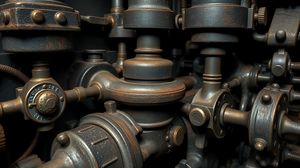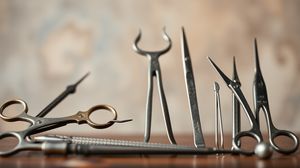
The Old Operating Theatre Museum is a captivating historical site tucked away in the garret of St Thomas' Church. This unique museum offers a fascinating glimpse into the history of surgery and medicine in London, as it houses one of the oldest surviving surgical theatres in Europe, dating back to the 19th century.
Originally part of St Thomas' Hospital, the operating theatre was constructed in 1822 in the church's attic. It was built before the advent of antiseptic surgeries, showcasing the austere conditions in which patients received surgical treatments at the time. The theatre is a rare example of pre-Florence Nightingale nursing.
Visitors to the museum can explore an array of medical instruments used in the 18th and 19th centuries. From bone saws to amputation knives, these tools reflect the grisly reality of early surgical procedures, offering an intimate look at what patients endured in the era before modern medicine.
Alongside the theatre is the Herb Garret, historically used by apothecaries to store and dry medicinal herbs. This area of the museum highlights the integral role of herbal medicine prior to contemporary pharmaceuticals and provides insight into historical health practices.
The theatre itself lay forgotten until it was rediscovered in 1956, after being sealed off for nearly a century following the hospital's move in 1862. Its accidental preservation offers a unique archaeological record of early surgical practice.
A visit to the museum doesn't just provide a look at medical history but also an atmospheric journey back to Victorian London. The creaky floorboards and dimly lit spaces add to the authentic feel, transporting visitors to a pivotal time in medical evolution.
One of the more eccentric features of the Old Operating Theatre Museum is the recreation of surgical demonstrations. These reenactments provide audiences with an engaging, albeit queasy, experience of what an operation might have been like long before the advent of anesthesia.

Making the Most of Your Visit:
Take your time to soak in the history. Spend a moment imagining what surgeries would have been like in the 1800s as you stand in the very room where they happened, and notice the creaky floorboards—they truly add to the authentic atmosphere.
If you're visiting on a weekend, aim to catch one of the surgical demonstrations. Trust me, it's an unmissable experience to see how operations were performed centuries ago. Just be prepared; some of the details might be a tad nerve-wracking!
Don't forget to visit the Herb Garret upstairs. The variety of herbs and the extensive information provided give fascinating insights into how illnesses were treated before modern medicine took over.
Chat with the volunteers if they're around. They often have intriguing stories and bits of history that aren't part of the regular exhibits, and they're usually quite enthusiastic about sharing what they know.
Keep an eye out for temporary exhibitions, which change regularly. These exhibitions can offer a fresh perspective or unique insight into some aspect of medical history that you might not expect.

Visiting Times & Costs:
The Old Operating Theatre Museum is open to the public and generally welcomes visitors throughout the year.
Opening Times:
- Monday to Sunday: 10:30 AM - 5:00 PM
- Note: The museum may close on certain public holidays or have adjusted hours, so it's advisable to check in advance.
Admission Fees:
| Category | Price |
|---|---|
| Adult | £8.50 |
| Concession (Student/Senior/Unemployed) | £6.50 |
| Child (6-16 years) | £5.50 |
| Family (2 Adults & 2 Children) | £20.00 |
Accessibility: The museum is located in the attic and access is only via a narrow 52-step spiral staircase. Unfortunately, this means it is not accessible to visitors with mobility issues, and there are no lift facilities.
Additional Information: It's recommended to check for any temporary exhibitions or events which might have separate entry fees.

Address & Map:

Nearby:
